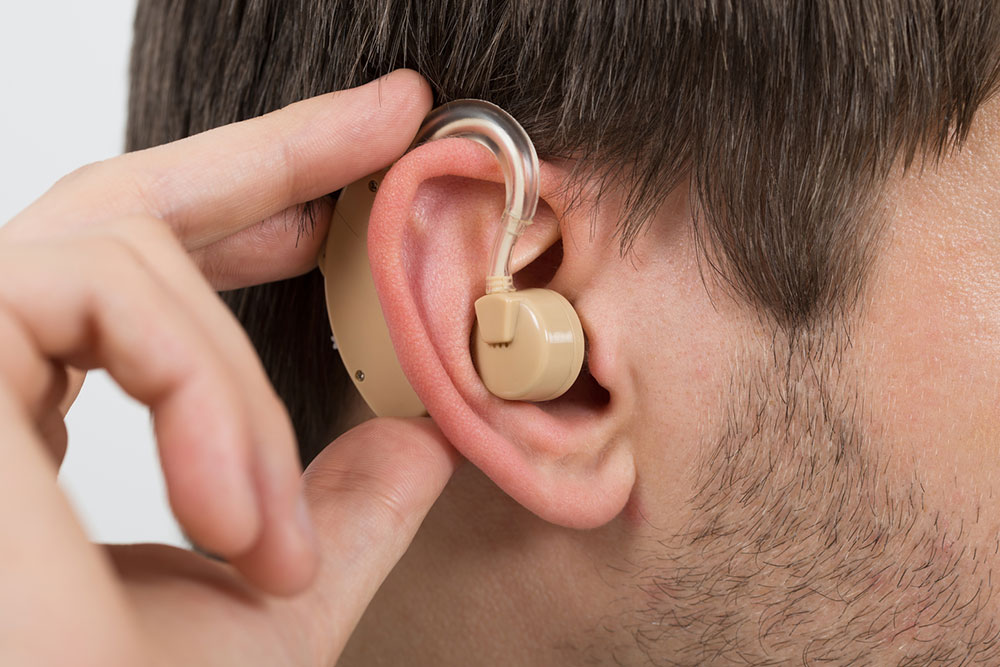8 mistakes new hearing aid owners must avoid

Hearing aids help people with hearing difficulties listen to the sounds around them more clearly. Consequently, they improve a person’s productivity in daily tasks and make life much easier. However, using hearing aids for the first time can be challenging. People often make mistakes when buying and using these devices, reducing their efficiency and leading to several challenges. Below are eight common mistakes new hearing aid owners make and how to avoid them.
Avoiding a proper fitting session
People can buy hearing aids without a prescription, making them more accessible. However, one should still consult an audiologist before purchasing the device. The expert can measure a patient’s ears, assess the nature of their hearing loss, and then suggest the right hearing aid. This approach ensures the device fits one’s ears and is comfortable to wear all day. Skipping the doctor’s visit causes people to be unaware of the nature and extent of their hearing loss. As a result, they are likelier to be unhappy or unsatisfied with their chosen product.
Overlooking new technology
People must research the technology used in hearing aids before buying them. Many new models feature adaptive hearing programs that help users adjust to loud environments better. Some also feature Bluetooth capabilities, facilitating smartphone integration. The features of the hearing aid are listed in the user manual that comes with it. Individuals should read these documents carefully to improve the product’s efficiency.
Ignoring the adjustment period
Those experiencing a decline in hearing may be surprised by the positive change hearing aids bring. However, some users may experience hearing-related fatigue as a result of processing new sounds in the environment. This is normal and takes some time to get used to. To adjust to these changes, one can take the following steps:
Take a break by stepping away from a loud area.
Wear hearing aids for only a few hours initially and progress slowly over time.
Set the TV volume at a medium level.
Begin by talking to one person first and then gradually progress to larger groups.
Forgetting to ask for adjustments
Hearing aids are made up of microphones, amplifiers, and receivers. These components are adjusted depending on one’s hearing test results. The adjustments are a normal part of setting up hearing aids, and one must visit the audiologist for the same. Not adjusting the device can lower its efficiency and lead to other problems in the long run.
Forgoing maintenance
Regular care and maintenance are essential to get the most out of hearing aids. Users must:
Store the hearing aids in a cool, dry place.
Switch the device off when not in use.
Avoid applying hairspray or other hair products when wearing hearing aids.
Avoid taking hearing aids into the shower or pool unless they are waterproof.
Change the wax guards regularly.
Keep the ears clean.
Routinely clean the hearing aids with a cleaning solution and small cotton buds.
Wearing only one hearing aid
Depending on the nature and extent of their hearing problem, individuals may need hearing aids for one or both ears. Not wearing the device as intended may result in improper hearing, adding to anxiety and stress. One can consult an expert to determine whether they need hearing aids for one or both ears and act accordingly.
Not carrying a spare battery
Although the alkaline batteries in hearing aids have a long-lasting life, one can never tell when they might run out. To avoid this stressful situation, experts advise carrying a spare battery that is compatible with the device. If someone uses a model with rechargeable batteries, they must consider carrying a charger as well. Alternatively, individuals can opt for modern hearing aids that offer a low-battery warning in advance.
Using volume control frequently
Most hearing aids have volume control buttons. New users must learn to use these buttons properly, as incorrect usage could worsen hearing loss. If someone feels the need to fiddle with the volume buttons on their hearing aids constantly, it may be a sign that they need a different device. Speaking to an audiologist is advisable if this occurs.
Like with other assisted living devices, people may experience challenges when using hearing aids for the first time. Having patience and communicating with the audiologist may help patients embrace these devices and improve their auditory experience.






